Quibi- Who Had Burn $10 Billion, Went Bankrupt
Quibi’s founding team could be described as glittering: its founder, Jeffrey Katzenberg who is a Hollywood giant producer, is also the founder of DreamWorks. Besides, CEO Meg Whitman, was once CEO of some companies such as eBay and HP, and he is also a senior manager in technology industry. The two founders also launched their own network contacts and recruited a large number of executives from Disney, Netflix, snapchat and other giant companies. The lineup was grand.
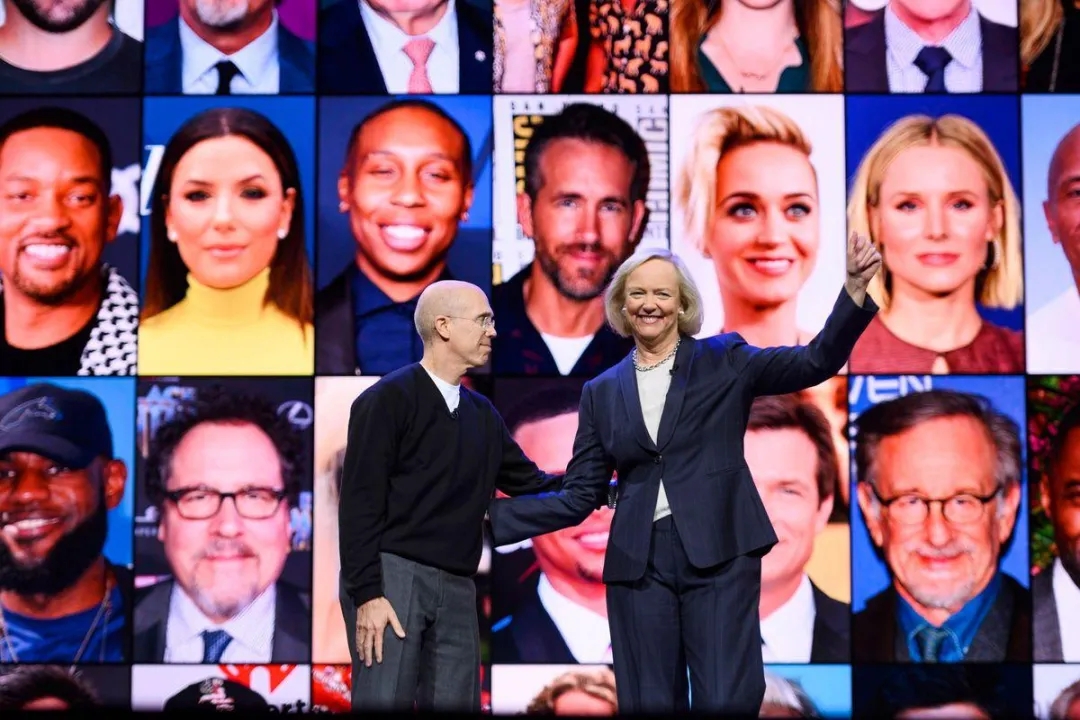
With the support of such a team, Quibi has obtained$1.75 billion investment before it went online. The investors included Hollywood producers such as Disney, Time Warner and Sony Entertainment, as well as top investment agencies such as Goldman Sachs and Alibaba.
In April 2020, Quibi was officially launched. To support the new platform, famous Hollywood director, Jill del Toro (director of Water Story), actor Kevin Hart (starring in Game of the Brave) and actress Jennifer Lopez launched their own programs on Quibi’s platform.
It seems that the company had a promising future. However, only half a year after the product launched, it experienced a series of dilemmas such as weak growth of users, advertisers’ challenges, salary reduction of management team, patent litigation and so on. In September, only a few months after its launch, it was said to be sold off.
Today, the news named "Quibi is DEAD!" has swept the headlines of all major science and technology media.
Peak at Starting Point, with $300 Thousand Download
Katzenberg, the founder of Quibi, has decades of production experience. He has personally experienced the rise of the TV era. He also believes that mobile phones will bring great changes to TV. He wants to "reinvent TV" in Quibi. Therefore, he aimed at the fragmented time of the young people of Z generation and who could enjoy 10-minute Hollywood blockbuster shows on his or her mobile phones.
Apart from the video itself, Quibi also features a black technology for watching movies, which is called Turnstyle. For the same movie, the audience can choose to watch it horizontally or vertically on the mobile phone to experience different perspectives. Horizontal screen is panoramic while vertical screen is close-up. It could be seamless switching at any time, and playback will not be interrupted.

Some directors have also developed special ways of playing. For example, the thriller Wireless will be played normally and smoothly by horizontal screen. But if you turn the screen into vertical, the screen will switch to the hero's mobile phone screen. The audience can watch the hero's phone calls and send messages from the first perspective.
Quibi was downloaded by 300,000 users on the first day when it was launched, and it was once ranked the No.3 in Apple App Store. But dreams are always beautiful. Nobody could imagine that Quibi’s appealing points all turned out to be its weakness.
Reasons of Quibi’s Failure
Bad Contents
In the aspect of content production, Quibi targets platforms such as Netflix, HBO, and Disney+, and it focus on high quality PGC contents. To catch up with its target, Quibi has signed up an array of A-level Hollywood production teams and stars, and the most expensive cost of TV series production can be up to $100,000 per minute. Such large amount of money Quibi has invested and sophisticated production bring Quibi 10 Emmy Nominations and 2 Emmy Awards in 2020.
Even with the award-winning glory, users still don't buy it. Quibi has yet produced any hot-trend content. In fact, though Quibi is willing to pay huge sums of money, the best scripts still prefer to be released in well-known platforms, such as Netflix and HBO. After all, a big platform means more public exposure and attention, and Quibi users are insignificant in front of their billion-level traffic. Therefore, Quibi is only the secondary choice of a good creator, and Quibi may have the stunt of a A-level production but with a second-rate script behind it.
High Membership Fee
Quibi has launched a 3-month free trial at the very first beginning, with 1.5 million downloads in the first week. After the free trial, users need to pay $4.99 (with ads) or $7.99 (no ads) for a monthly membership. And savvy users decisively left Quibi without hesitation. So far, Quibi has only an 8 percent conversion rate from registration to subscription.
There is almost no suspense about the user's leaving. The minimum membership fee for Netflix is $8.99, and that for Disney+ is $5.83. Compared with Quibi, the subscription fees of other streaming media platforms couldn’t say to be cheap. Still, the options of various content on these platforms are far more than Quibi, allowing 30% and 14% of users to stay willingly after the trial expires.
Elusive Marketing
While the content on Quibi is far from satisfactory and the price of its membership fee is not competitive, the marketing team could have created a buzz by a good marketing plan. Unfortunately, Quibi missed a wave of traffic.
To protect copyright, Quibi, like any other streaming platform that requires a membership fee, prohibits users taking screen-shots. When users press the screenshot button on the phone and the screen goes black. Regarding the issue of not being able to take screen-shots or sharing, Quibi's production team received a lot of relevant feedback, and finally came up with a "coup" after three months: long press on the screen to pop up a menu, and slide your finger to the screenshot button (users must authorize Quibi to access the phone album when using it for the first time).
Awkward Market Positioning
The growth of smartphone usage time and video consumption time is indeed an objective trend in recent years. However, it does not mean that the market is willing to pay for the products of "Gen Z + Fragmentation Time + Large Production Medium and Short Videos". The above-mentioned three elements here are worthy of scrutiny.
Does the content on Quibi meet the consumption habits and consumption levels of Generation Z? In today's popular culture of talent, the attention of influencer anchors may not be less than that of traditional film and television superstars. However, you can’t see the works of well-known YouTubers on Quibi.
OTHER NEWS
-
- Acer Global Launch Event, 2020
- By Johnny 24 Apr,2023
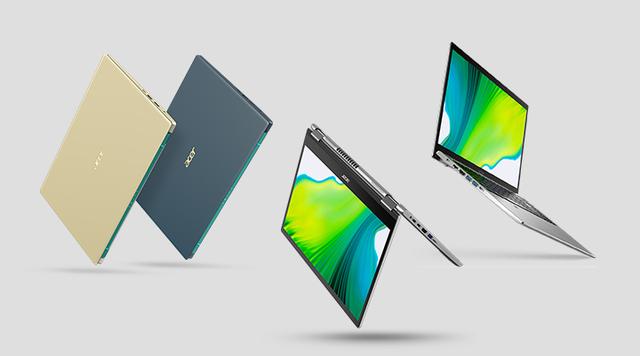
-
- Latest Report on Digital Payment in Southeast Asia
- By Marilyn 24 Apr,2023

-
- Video Mentoring Platform Superpeer Launches Paid Channels
- By Judy 24 Apr,2023
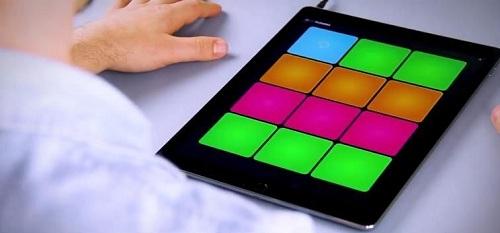
-
- A Black Friday With Booming Online Sales
- By Hughes 24 Apr,2023

-
- Zuckerberg Criticized Apple for Its Privacy Policy, Seeing Apple as One of Facebook’s “Biggest Competitors”
- By Anderson 24 Apr,2023
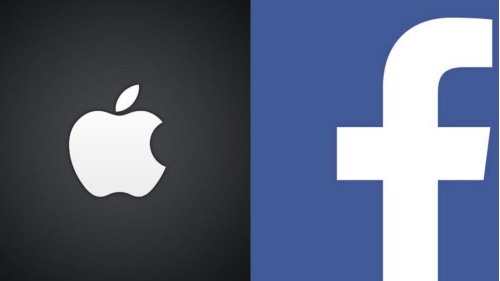
-
- Google Maps to Show the Locations of Traffic Lights
- By Jackson 24 Apr,2023
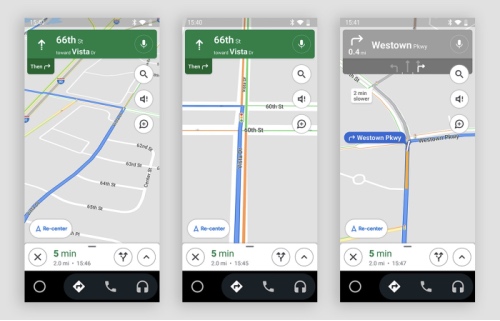
-
- How to Get Free Gold Bars in Candy Crush?
- By Davis 24 Apr,2023
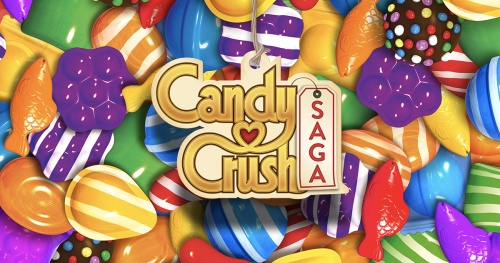
-
- British scientists recommend people to add extra vitamin D to milk and bread
- By Betty 24 Apr,2023

-
- Cash: from the Most Popular Payment Method to the Least-used One
- By Shawn 24 Apr,2023
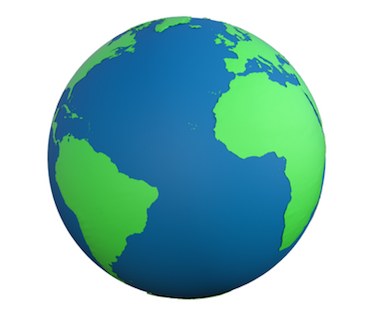
-
- Genetic factors have significant impacts on the risk of sex crimes
- By Paula 24 Apr,2023

-
- Playing video games as a child is proven to bring lasting improvement in cognitive ability
- By Jacqueline 24 Apr,2023

-
- How to Get Gold and Diamond for Free
- By Denise 24 Apr,2023
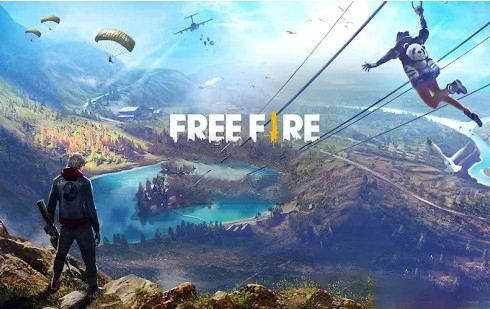
 1
1 1
1